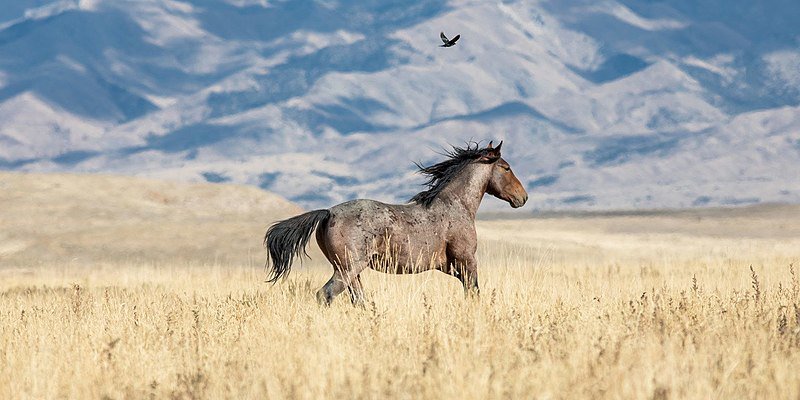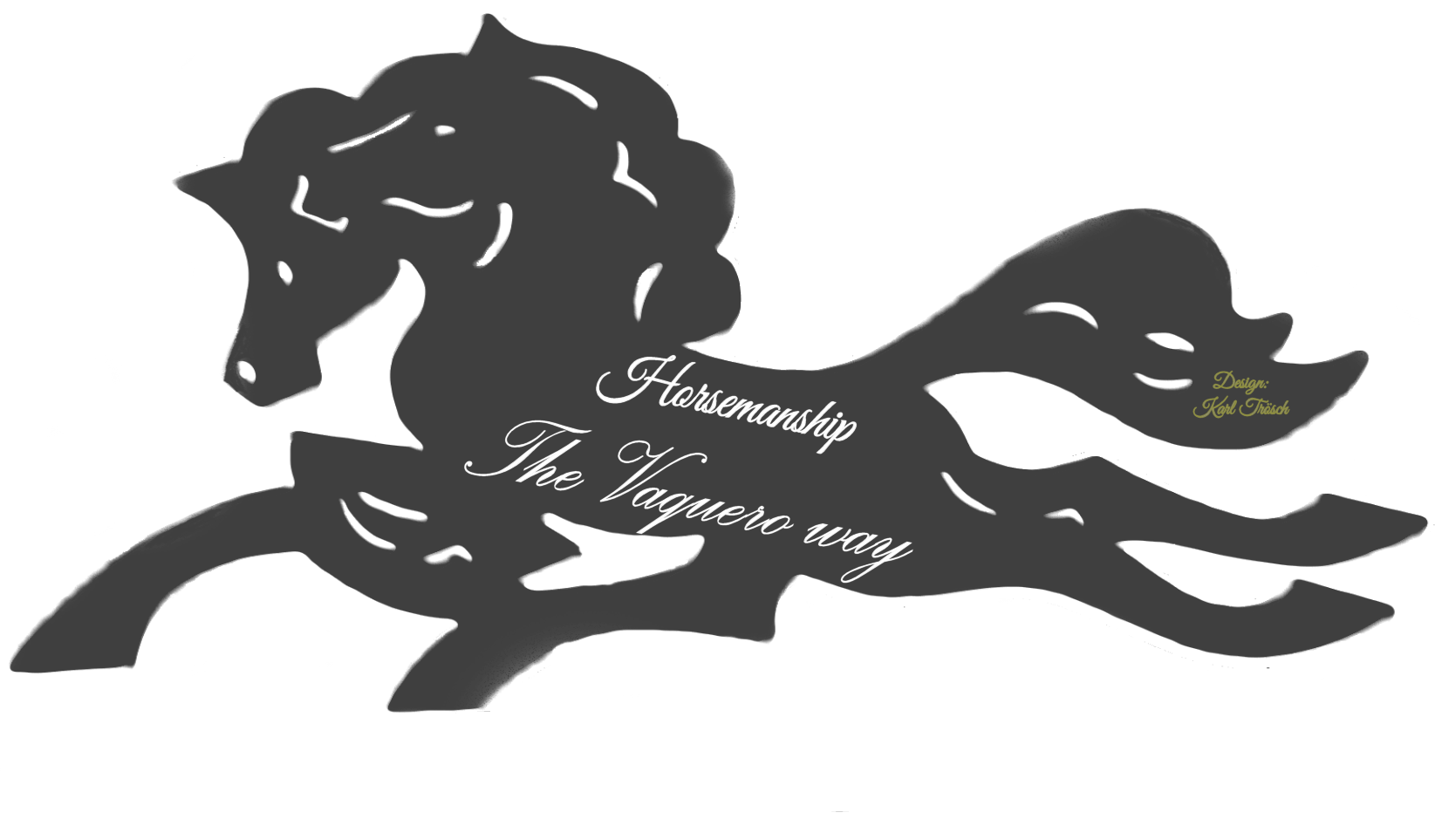
The Spanish Mustang has a rich history rooted in the exploration and colonization of the Americas by Europeans, particularly the Spanish. Here’s an overview of their origin:

Today, the Spanish Mustang is celebrated not just as a breed of horse but as a symbol of resilience, history, and the enduring spirit of the American frontier.


